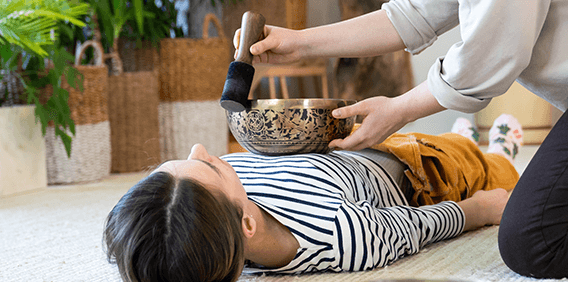Spondylosis-Treatment
Spondylosis is a term used to describe a degenerative condition affecting the spine. It is a common ailment, especially among older adults, and can lead to various symptoms and discomfort. Here, we delve into what spondylosis is and how it can impact individuals.
The symptoms of spondylosis can vary depending on the location and severity of the degeneration. Common symptoms include neck or back pain, numbness or tingling in the extremities, muscle weakness, and reduced range of motion. These symptoms can significantly impact one's quality of life and daily activities.
The Symptoms Of
Spondylosis
Symptoms of spondylosis can vary widely, depending on the location and severity of the degenerative changes in the spine. It's essential to be aware of these signs, as early detection can lead to more effective treatment and management.

How Spondylosis Detected?
Spondylosis detected early can lead to better management and improved quality of life. Diagnosis typically involves a combination of clinical evaluation, imaging studies, and sometimes specialized tests.
How To Prevent Or Get Rid Of Spondylosis?
Preventing and Managing Spondylosis: A Comprehensive Approach Finding ways to prevent and ultimately get rid of Spondylosis involves a multifaceted strategy that encompasses lifestyle adjustments, exercise, and careful spinal care.






